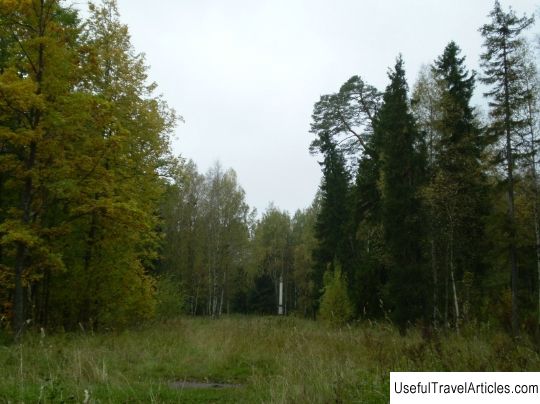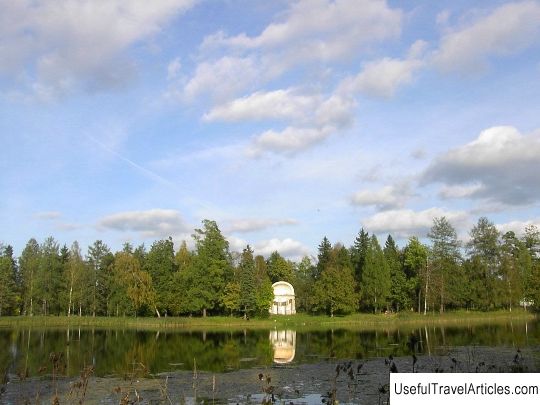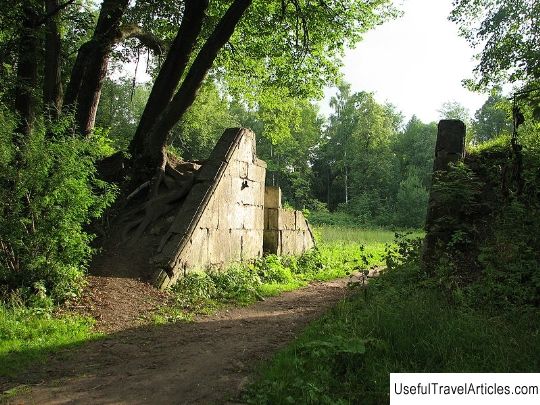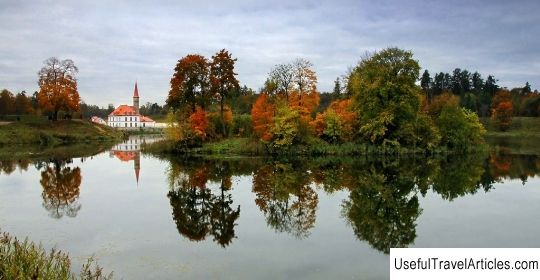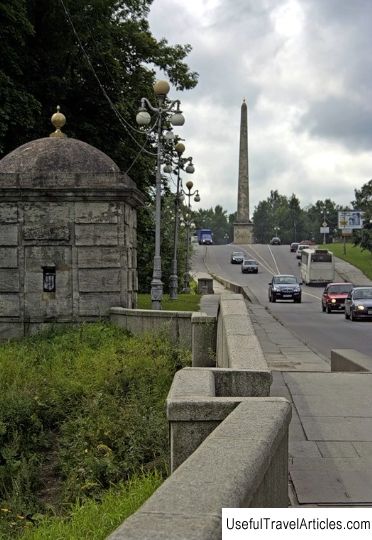Monument to Paul I in the Palace Park description and photos - Russia - Leningrad region: Gatchina
Rating: 8,3/10 (4899 votes) 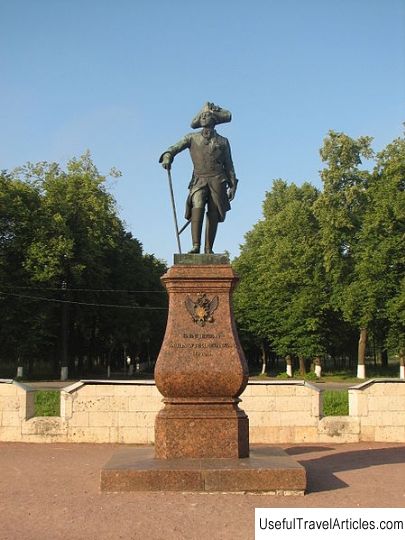
Monument to Paul I in the Palace Park description and photos - Russia - Leningrad region: Gatchina. Detailed information about the attraction. Description, photos and a map showing the nearest significant objects. Photo and descriptionThe monument to Paul I was erected in front of the Gatchina Palace on August 1, 1851, and, in fact, is an unofficial symbol of the city, which can often be seen on the covers of books and souvenirs associated with Gatchina. The model of the statue of Paul I was made by the famous Russian sculptor Ivan Petrovich Vitali by order of Nicholas I. This is one of his best creations. Like all of Vitali's works, the figure of Paul I is filled with exquisite grace. For the execution of the statue, the sculptor used a ceremonial portrait of Pavel Petrovich, belonging to the brush of Stepan Semyonovich Shchukin and painted by him in 1796. In the monument to Paul I, as in the painting, a portrait resemblance to the emperor is preserved. For this monument to I.P. Vitali was awarded the Order of St. Anne II degree. At the turn of the 19th and 20th centuries. the authorship of this monument was mistakenly attributed to other sculptors: L.Zh. Jacques and P.K. Klodt. But this unfortunate mistake was corrected by I.E. Grabar, artist and art critic in his monograph "History of Russian Art". The statue of Paul I stands on a polished four-sided figured pedestal made of Finnish granite. Paul I is depicted in a cocked hat and a ceremonial uniform, leaning on a cane. One leg is pushed forward and slightly bent at the knee. The position of the head, the pose of the emperor, the expression on his face give the monument a special representativeness and grandeur. The monument was erected in front of the Great Gatchina Palace on the parade ground, near the parapet, and faces the parade ground and the palace, as if the emperor himself was ready to receive the parade. It is believed that the pedestal under the statue was designed by R.I. Kuzmina, although the name of the author is not indicated in archival documents. It is only known that in July 1850 Nicholas I approved the drawing of the pedestal for the statue of Paul I in Gatchina. This drawing was given to the architect Kuzmin with instructions on the preparation of an estimate for its construction. The monument to the emperor was cast at one of the foundries of St. Petersburg. During the manufacture of the statue, an exact copy of it was created, which was subsequently installed in front of the palace in Pavlovsk. Emperor Nicholas I delved into the smallest details regarding the installation of the monument. By order of the emperor, the square in front of the Gatchina Palace had to be finished by all means by August 1, 1851, and the statue of Paul I had to be covered with canvas fixed on racks, like screens. The monument was opened on August 1, 1851. ... in the presence of Nicholas I. The parade was timed to this event, in which the Jaegers, Pavlovsky, Gusarsky, and Cavalry regiments participated. This solemn event was captured by the court painter Adolphe Charlemand. The artist captured the Grand Duke Alexander Nikolaevich, the future heir to the throne, when he stood as a sentry in the uniform of the Pavlovsky Life Guards regiment near the monument; and G. Schwartz painted the painting "Opening of the monument to Emperor Paul I." In 1919, the city authorities wanted to get rid of the statue of the monarch. But thanks to the curator of the Gatchina Palace Museum and Park, V.K. Makarov, the monument was defended. The monument to Paul I safely endured all the hardships of the turbulent 20th century. The romantic emperor was not touched by either the communists or the fascists, despite the fact that that the Palace Square in Gatchina in 1919 was renamed into the Square of the Victims of the Revolution, where there was a mass grave with the victims of the Civil War, who died in Gatchina, buried in it. Only in 1957 was the burial moved to the city cemetery. In the life of the city and its inhabitants, the bronze emperor always had a special, magical meaning. After the war, when the Higher Naval Radio Engineering School was located in the Gatchina Palace, every year, on the night before graduation, the cadets wore a specially sewn vest on the statue of Paul. This tradition greatly annoyed the command of the school. Investigations were carried out without fail, but the culprit was never found. Many visitors note that the inhabitants of Gatchina somehow especially respect the personality of Paul I.       We also recommend reading Palace Gallery (Palacio da Galeria) description and photos - Portugal: Tavira Topic: Monument to Paul I in the Palace Park description and photos - Russia - Leningrad region: Gatchina. |
